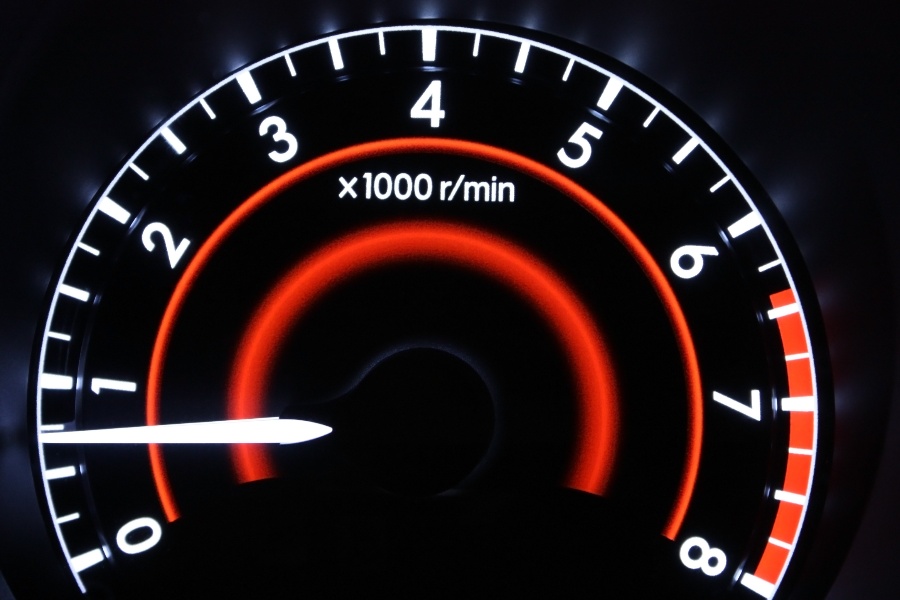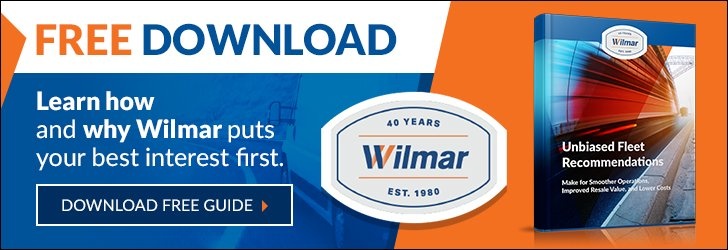
Often, the biggest obstacles between a fleet and efficient operation are invisible. Issues like hard braking, rushed schedules, and idling can tax your team more than you realize until you start to run the numbers. Idling, in particular, is far more costly than any driver or fleet manager could imagine, especially if you've been in the business for a few decades.
However, idling has become one of the post prominent problems shared by commercial fleets, especially if you run large diesel-powered cargo vehicles. Today, we're taking a closer look at what idling really is, why it's a problem, and how to solve it.
What is Idling?
Idling is when the engine if a vehicle runs while the vehicle is not moving. While your drivers can't help but idle at stoplights - when stopping the vehicle isn't an option, the major idling times are spent when the truck is parked but still rumbling. Idling is when your fleet vehicles are slowly burning gas without going anywhere.
The Cost of Idling
What most fleet managers and drivers don't realize is that idling is surprisingly expensive, in both fuel and fumes.
- Fuel Consumption
- Idling for ten seconds uses more fuel than turning a truck off and back on again. The fuel cost to restart compared to idling is even lower for smaller vehicles.
- Environmental Impact
- Idling burns fuel and emits exhaust, even though the car doesn't need the gasoline to go anywhere.
- Noise Pollution
- For larger trucks, idling also contributes to noise pollution, making your trucks a source of unpleasant sound for all who walk by.
- Employee Health
- The fumes released during idling create a potentially harmful environment for your employees and business partners when they are workout around an idling truck.
- Customer Distaste
- Customers who dislike the exhaust and the noise of an idling truck may negatively associate your fleet with these factors.
Why Drivers Let Vehicles Idle
- Comfort
- Drivers who have to wait for a client or take their breaks in the vehicle will idle to keep the AC and radio running.
- False Economy
- Drivers may think that idling is more efficient than stopping and starting the vehicle. However, with high-efficiency starters and engines used today, this is no longer true (but it used to be, a few decades back).
- Deliveries
- Drivers who need to make lots of stops and deliveries may want to leave the truck idling while they run a package to the door.
How to Reduce Idling In Your Fleet
How can you help your fleet to reduce fuel consumption, pollution, and health hazards by idling less? While some idling in traffic can't be avoided, a few smart steps can help your drivers to idle less often during the day.
1) Train Drivers to Turn Vehicles Off and On
First, train your drivers to routinely turn the key or tap the power button when they stop the vehicle. Any time your drivers park, the vehicle should be turned off. Because we're not using ancient trucks that need to warm up the engine anymore, starting back up is typically less costly than idling, even for short stops.
2) Educate Drivers on the Downsides of Idling
Make sure your drivers know that idling has downsides. Most people form or don't break the habit because they think it's more efficient. When you remove this misconception, conscientious drivers will switch off their vehicles more often.
3) Mandate Out-of-Cab Breaks or Electric-Only Mode
Ask your drivers to take real breaks, where they stretch their legs and eat lunch at a table instead of taking breaks inside the car. This will reduce idling on break. With many modern vehicles, your drivers may also be able to use an electric-only mode where the AC and radio run without using the engine. This is very useful if your drivers need to take breaks or wait for a client in the vehicle.
4) Switch to Hybrid Vehicles
If your fleet is lightweight, consider switching to hybrid vehicles that will have a far lower cost when idling. Hybrids will default to the electric-only state instead of a traditional diesel idle.
5) Use Telematics to Analyze Idling Patterns
Lastly, you can use telematics inside your fleet vehicles to track when and how long idling occurs. Short periods of idling on the road are normal, and longer periods of idling can be addressed and optimized over time.
Optimize Your Fleet Operations with Wilmar Inc.
At Wilmar, we specialize in fleet management in many forms. From helping you build an efficient fleet to techniques that increase your fleet's total efficiency, our team is here for your team. Contact us today for more information about idling or for fully vertical fleet management services.








